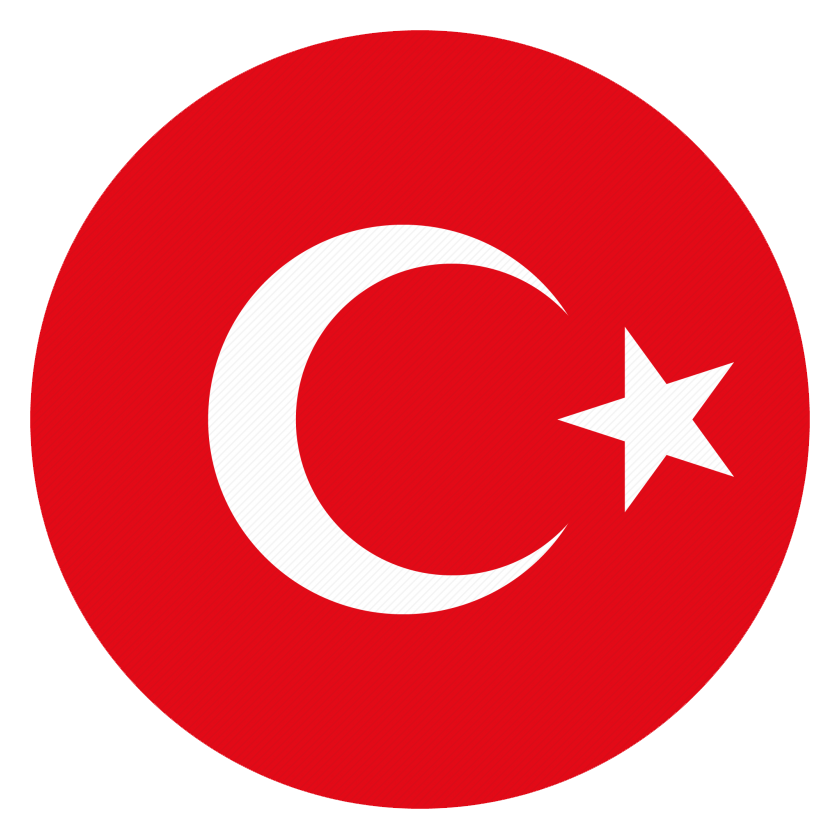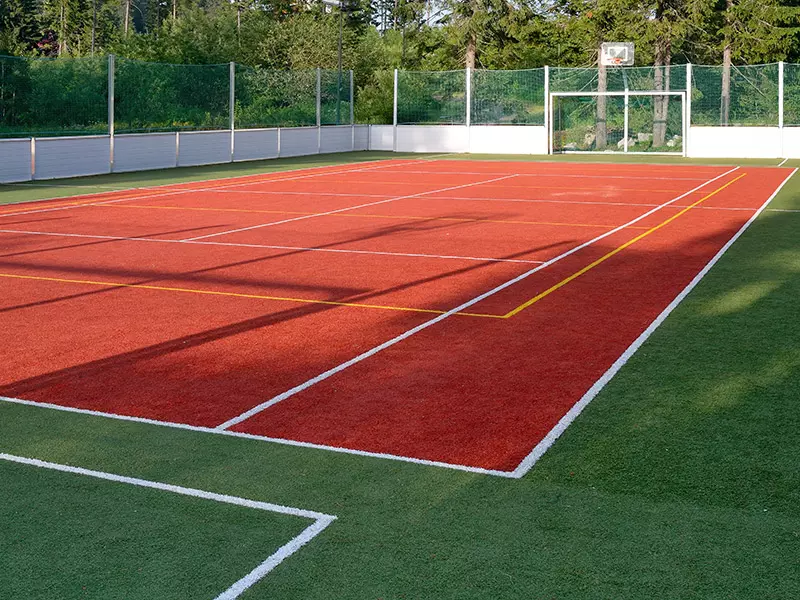Multi-Purpose Sports Fields: Design and Construction Process
Multi-purpose sports courts are versatile and functional areas designed to accommodate various sports activities within the same space. These courts can host sports such as basketball, volleyball, soccer, tennis, badminton, and more. Additionally, they can be used for cultural events like meetings, concerts, and exhibitions.
These courts are ideal for both individual and group activities, providing a suitable environment for people of all ages to engage in sports, socialize, and have fun.
Benefits of Multi-Purpose Sports Courts
Multi-purpose sports courts offer several key benefits:
- Accessibility: These courts are designed to be accessible to people of different ages, genders, and economic backgrounds.
- Efficiency: Hosting multiple sports activities in a single area ensures efficient use of space.
- Cost-Effectiveness: Multi-purpose usage reduces investment and operating costs.
- Social Interaction: They provide a platform for different groups to come together and interact.
- Health and Fitness Promotion: By encouraging an active lifestyle, they contribute to the community's overall health.
- Aesthetic Value: Professionally designed with high-quality materials, these courts enhance the visual appeal of the surroundings.
Designing Multi-Purpose Sports Courts
Designing multi-purpose sports courts involves several critical steps to ensure efficient use of space, user experience, and sustainability:
- Site Analysis: Evaluate the geographical, topographical, and environmental features of the site.
- Needs Analysis: Identify the needs and expectations of the target users.
- Function Determination: Define the sports and other activities that will be hosted on the court.
- Space Organization: Strategically position different functions for optimal use.
- Material Selection: Choose materials based on durability, safety, aesthetics, and sustainability.
- Lighting and Landscaping Design: Implement designs to make the court attractive and functional.
- Accessible Design: Ensure the court is easily accessible to everyone, including those with disabilities.
Collaboration among architects, landscape architects, sports facility designers, and other stakeholders is crucial during the design process.
Construction Process of Multi-Purpose Sports Courts
The construction of multi-purpose sports courts involves several stages:
- Planning and Preparation:
- Site surveys and soil tests
- Reviewing regulations and standards
- Project design
- Infrastructure Works:
- Foundation, drainage, electrical, lighting, water, and sewerage systems installation
- Surface Applications:
- Installing the sports surfaces, lining, and marking
- Landscaping:
- Landscaping, seating areas, and spectator stands
- Equipment Installation:
- Installing protective elements, basketball hoops, volleyball nets, lighting systems, etc.
- Inspection and Acceptance:
- Quality checks and final delivery
Each stage's meticulous execution is essential for a high-quality and durable multi-purpose sports court.
Cost Factors for Multi-Purpose Sports Courts
Several factors influence the cost of multi-purpose sports courts:
- Land Cost: The value of the land where the court will be located.
- Infrastructure Works: Costs for foundations, drainage, electrical, water, and sewerage systems.
- Surface Materials: Type and quality of surface materials used.
- Landscaping: Costs for landscaping, seating areas, and spectator stands.
- Equipment and Facilities: Costs for basketball hoops, volleyball nets, lighting systems, etc.
- Labor Costs: Costs for project management, implementation, and assembly labor.
- Maintenance and Operating Costs: Periodic maintenance, repairs, cleaning, and energy costs.
These costs vary depending on the project's scope, the quality of materials used, land conditions, and regional price differences. Accurate lifecycle cost estimation is crucial for assessing the investment's economic viability.
Materials Used in Multi-Purpose Sports Courts
Key materials used in multi-purpose sports courts include:
- Surface Materials: Acrylic coating, synthetic grass, concrete, asphalt
- Line Paints: High-quality paints suitable for different sports
- Protective Elements: Walls, fences, poles
- Sports Equipment: Basketball hoops, volleyball nets, posts
- Lighting Systems: LED or metal halide fixtures
- Landscaping Materials: Artificial turf, trees, shrubs, benches, trash bins
- Other Facilities: Locker rooms, showers, stands, electronic information boards
When selecting these materials, durability, safety, aesthetics, and sustainability criteria are considered. Ease of maintenance and repair is also a significant factor.






